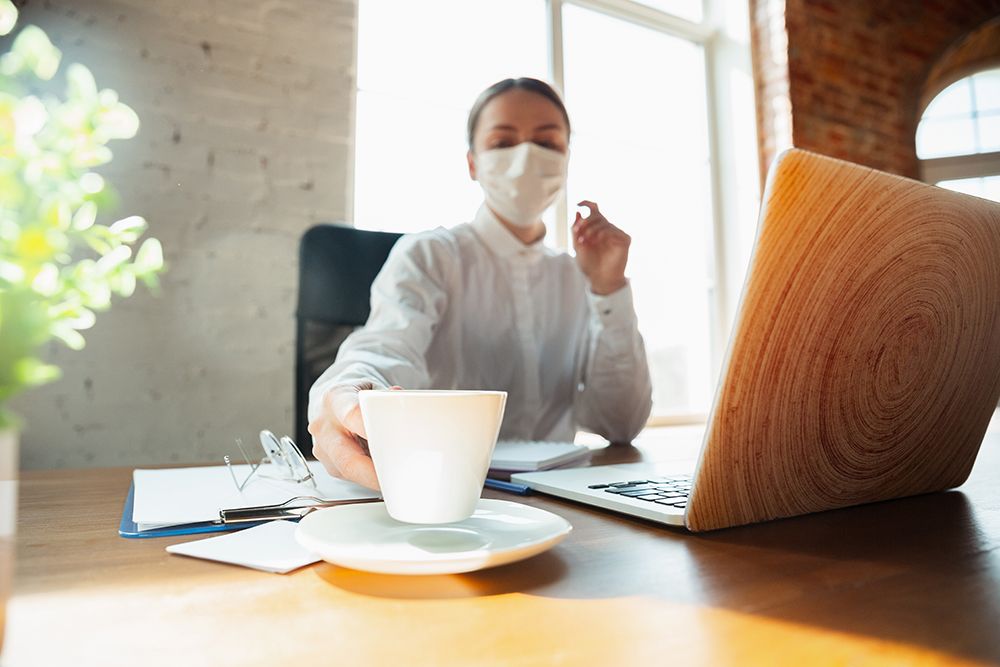With workers and workplaces facing increased hazards associated with the COVID-19 pandemic, the Centers for Disease Control and Prevention (CDC) has released their recommendation and guidance for businesses that will reopen amid the pandemic. To prevent the spread of the virus within enclosed public spaces, landlords are advised to prioritize upgrading their building’s air filtration system.
The CDC said that businesses should ‘improve central air filtration to MERV-13 or the highest [standard] compatible with the filter rack, and to seal edges of the filter to limit bypass’ to reduce the risk for office workers. HVAC air filters are necessary to remove contaminants from the air in enclosed spaces with limited ventilation such as workplaces.

The American Society of Heating, Refrigerating and Air-Conditioning Engineers (ASHRAE) has also recommended upgrading air filters in HVAC systems to at least MERV 13 for better filtration, fewer dust particles, and other airborne contaminants.
What is MERV?
The Minimum Efficiency Reporting Value (MERV) is an effectiveness scale for air filtration systems developed by ASHRAE in 1987. The scale goes from 1 to 16 which indicates the filter’s capacity and efficiency to capture smaller particles.
A MERV-13 rating means a filter is able to catch 90% of particles in the 3-10 micron (μm) range, 90% of particles in the 1-3μm range, and 50% of particles in the range of 0.3-1μm.

JEG Tower @ One Acacia utilizes MERV 13 filters to ensure the utmost safety and protection of its occupiers against the virus and other airborne threats. The MERV13 filter is one of the highest-grade filters in the industry, usually used in hospitals and other high-risk facilities. It promotes a healthy breathing environment, and it will not allow the growth of bacteria, mold, mildew, or fungi.
READ MORE: JEG Tower Focus: MERV and Fresh Air System for Optimal Indoor Air Quality
Why is it important during a pandemic?
Offices can be hotspots for virus and disease outbreaks caused by recycled air and decreased ventilation. Through high quality and top-grade air filters, the indoor air quality of commercial buildings is dramatically improved.
MERV 13 air filters are long-term investments for commercial developments, not only during a pandemic. Aside from protecting its tenants from virus cross-infection and improving their health, better indoor air quality also upgrades the working environment for office buildings.

“Improving indoor air quality has been shown to increase business productivity through being a factor in reducing absenteeism due to health issues,” Michael Glindro, LEED AP BD+C said. “After all, we do spend a majority of our day in the office so taking steps into creating a healthy work environment will benefit the triple bottom line.”
Premium green buildings such as JEG Tower @ One Acacia emphasize the importance of uplifting the quality of life of its tenants through a holistic approach to well-being. The 22-storey LEED Silver Pre-certified building ensures that the highest standards for health and safety are observed and followed during a pandemic or not.





